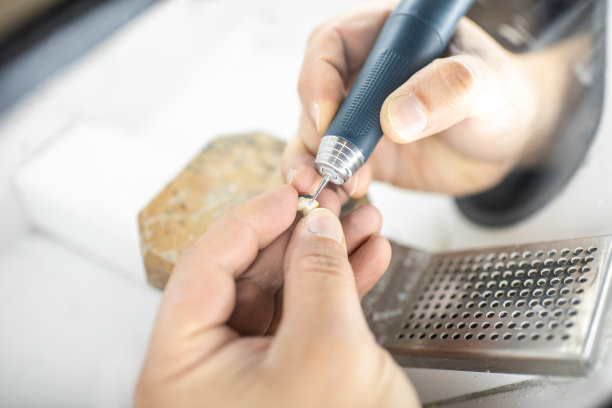Essential Guidelines and Precautions to Follow After Receiving a Dental Filling for Optimal Recovery and Care
Summary: After receiving a dental filling, proper care and adherence to guidelines are essential for ensuring optimal recovery. This article outlines key instructions to follow, including post-procedure dental hygiene, dietary restrictions, pain management techniques, and regular dentist visits. By implementing these essential practices, patients can minimize discomfort, promote healing, and maintain the longevity of their dental filling. Following these recommendations not only aids in immediate recovery but also supports overall oral health in the long run.
1. Importance of Post-Procedure Dental Hygiene

Maintaining excellent oral hygiene after a dental filling is crucial for recovery. It helps prevent infection and the buildup of plaque around the newly filled area. Gently brushing your teeth after 24 hours is advised to ensure that the filling is set properly while also keeping the surrounding gums healthy.
Use a soft-bristled toothbrush to avoid unnecessary irritation to your gums and the filling. Additionally, fluoride toothpaste can provide extra protection against decay. Make sure to brush gently around the filled tooth to avoid damaging it, but do not neglect this area as it can harbor bacteria.
Incorporating mouth rinses with antimicrobial properties can help keep your mouth clean and support recovery. Ensure that these rinses are alcohol-free to prevent any additional irritation to the gums or newly placed filling.
2. Dietary Restrictions and Recommendations
After getting a dental filling, its essential to observe dietary restrictions for the first 24 hours. Avoiding hard, sticky, or chewy foods will prevent the filling from dislodging or cracking. Foods like popcorn, caramel, and ice can pose a risk to the integrity of the newly filled tooth.
Instead, opt for soft foods that require minimal chewing. Consider items like yogurt, mashed potatoes, or smoothies as they provide nutrition without compromising the filling. Staying hydrated is also important, but be cautious when consuming hot drinks as they might cause sensitivity.
After the initial 24-hour period, you can gradually reintroduce regular foods. However, remain observant of how your filling feels with various types of food and avoid anything that causes discomfort.
3. Managing Pain and Discomfort Effectively
Post-filling, its common to experience some discomfort or sensitivity in the treated area. Over-the-counter pain relievers, such as ibuprofen or acetaminophen, can effectively manage this discomfort. Always follow the recommended dosage mentioned on the packaging or consult your dentist for guidance.
Cold compresses can also help alleviate swelling or soreness around the filling. Apply a cold pack to the outside of your cheek for 15-20 minutes at a time to reduce inflammation and numb the area. This technique is especially useful if youve had a local anesthetic, as it can help ease any potential swelling.
If the pain persists or worsens after a few days, it might be a sign of complications such as nerve irritation or an improper fit. In such cases, contacting your dentist for a follow-up appointment is advisable to address any underlying issues promptly.
4. The Importance of Follow-Up Dental Visits
Regular dentist check-ups play a significant role in ensuring the long-term success of your dental filling. Your dentist may recommend a follow-up appointment within a few weeks after the filling to evaluate how well the tooth is healing and whether the filling fits correctly.
At these appointments, the dentist can assess the filling for any signs of wear or damage and provide solutions if necessary. They can also give tailored advice on maintaining the health of your filled tooth and overall dental hygiene.
Neglecting follow-up visits can lead to complications that could have been easily addressed. Committing to routine dental examinations not only supports the health of your filling but also helps detect any potential oral health issues early on.
Summary:
In conclusion, after receiving a dental filling, it is vital that patients engage in appropriate care and follow specific guidelines to ensure optimal recovery. Proper dental hygiene, dietary choices, effective pain management, and regular dental check-ups are foundational components of this process. When practiced consistently, these measures contribute to a healthy healing environment and can significantly extend the lifespan of dental fillings. Remember, proactive care leads to favorable outcomes in dental health.
This article is compiled by Vickong Dental and the content is for reference only.



